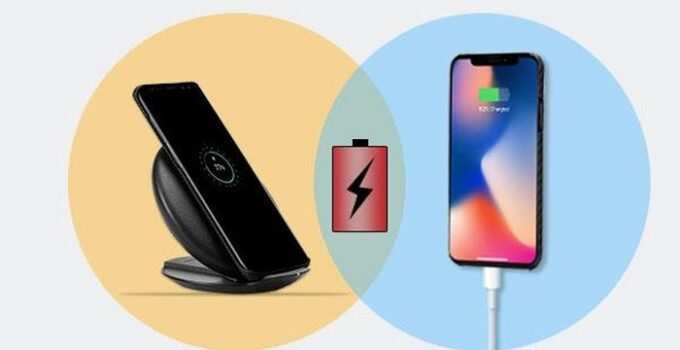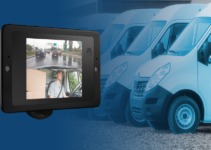If you know even a little bit about technology and what it means to the world, chances are you also have a good idea of how quickly it changes and improves. One of the latest crazes, which has been going on for years really, is turning things wireless. Wires or cords are now primarily perceived as unnecessary and old. If you can make something work without always needing to be connected, you limit the boundaries and allow more mobility. Less material is also used, and it is aesthetically more pleasing.
However, with the charging of small devices like phones and tablets, wireless is not always the best way of doing this. The reasons for this are many, and we will explore them right here in this article. More precisely, we will look at the most important pros and cons of wired vs wireless charging. Read more in case you wish to find out additional information about wireless solutions and perhaps browse for something you need.
Pros of Wireless Charging
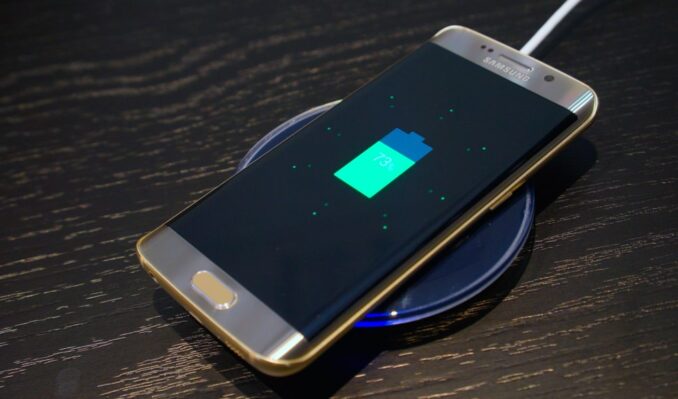
Source:technofaq.org
1. Charging Multiple Devices
Arguably the most useful positive of owning a wireless charging gadget or station is the ability to charge multiple devices at once. Chances are you have at least a few things in your life that can be charged wirelessly. The most common ones include smartphones, tablets, smartwatches, wireless earbuds, and wireless headphones. The latest in wireless tech are stations with dedicated places for all of these different devices, and the ultimate feature is charging them all at the same time. Otherwise, you would need multiple sockets and multiple charges to connect all of them. This will also mean half a dozen cables around your home that you need to put away and jump over constantly. Best of all, this looks so cool, clean, and futuristic!
2. Less Wear and Tear
With both the charger and the phone, there is much less wear and tear with wireless solutions. If you think about how many times in the phone’s lifetime you need to plug the USB charger in and out, it is easy to see how ruined the socket and the plug can get. Worst of all, the immediate surrounding of the slot is often scratched and bumped after less than a year. The charger itself goes through a beating regularly and an average user goes through two or three charges per phone, especially iPhone users.
3. Speed Galore
The absolute favorite of all customers when wireless charging is in question is the fast charging option, especially with few of the newest phones on the market. These phones are charged on wireless stations at 7.5, 9, or even 15 watts. This allows you to juice up your device extremely quickly. Although not all gadgets have fast charging yet, higher-end ones do and they receive the needed power a lot faster from wireless stations than wired chargers. With older devices, it can actually take longer to charge on a wireless station.
4. Charging in Different Situations
The newest types of chargers that do not require wires can be found everywhere, from cars to furniture. All you really require is a small surface, big enough to hold an average device. This is why things like mousepads, keyboards, couches, armchairs, and even tabletops now have dedicated spaces for charging without any cords and cables. This is a futuristic, useful, and very cool feature indeed.
Cons of Wireless Charging
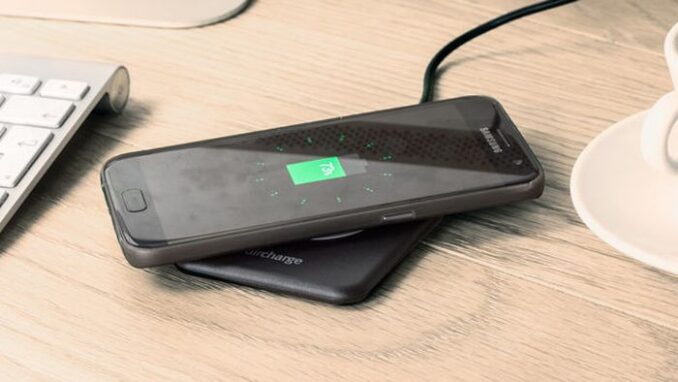
Source:dignited.com
1. Cost
These devices are still much more expensive than their older, wired counterparts. Since they use more advanced tech and require more effort and time to make, they cost a lot more. While there are models that come with every purchased phone, these are most often flagship models that will set you back a lot anyway. Until they become cheaper, these new chargers will still be way less used than traditional wired ones.
2. Using the Phone and Mobility
One of the most favorite and common things people do while their device is charging is still using it. While this does mean sitting next to a power socket in an often uncomfortable position, it eliminates the waiting time until the device is at 100%. In addition, if your phone already has fast charging even with a wired charger, it will quickly juice up even if you use it. With wireless chargers, this is not possible as it is very hard to hold the whole station and the phone at once and still be able to use it properly. You could watch something but typing and holding it is rather difficult and inconvenient. Furthermore, you can always carry a wired charger with you as they are light and small. Wireless pads are often too bulky and weirdly shaped for pockets and bags, meaning you need a power bank with you at all times.
3. Overheating
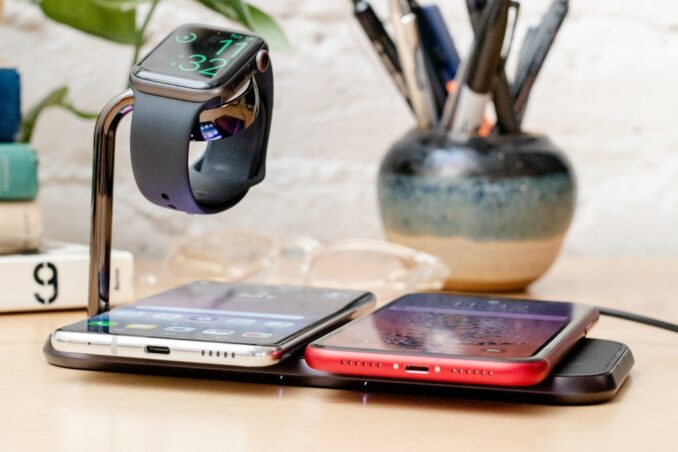
Source:nytimes.com
Since the gadget gets a lot of power quickly through its whole body while sitting on the wireless charging station, it becomes heated a lot more than with wired charges. This has led to battery malfunction in some cases, especially if the user keeps the device in question inside of the case or some kind of protection that does not interfere with charging but does not allow airflow. Even if everything seems okay, the battery life of some devices may be ruined from the constant overheating with every charge session.
Conclusion and Takeaways
While modern technology usually has more benefits and options than the old, it sometimes also eliminates a core feature that the customers have grown to like. The same goes for charging the devices and gadgets you use every day. It basically comes down to personal preference and the way you use them. If you own a flagship model that you never use while it charges, you will benefit from a wireless one. If you have to carry a charger with you constantly because you travel for work or pleasure, a wired one will suit you more. Scenarios are many so make sure to evaluate how you use what you need to charge and we are sure you will make a good decision about whether or not you need a wire in your life


